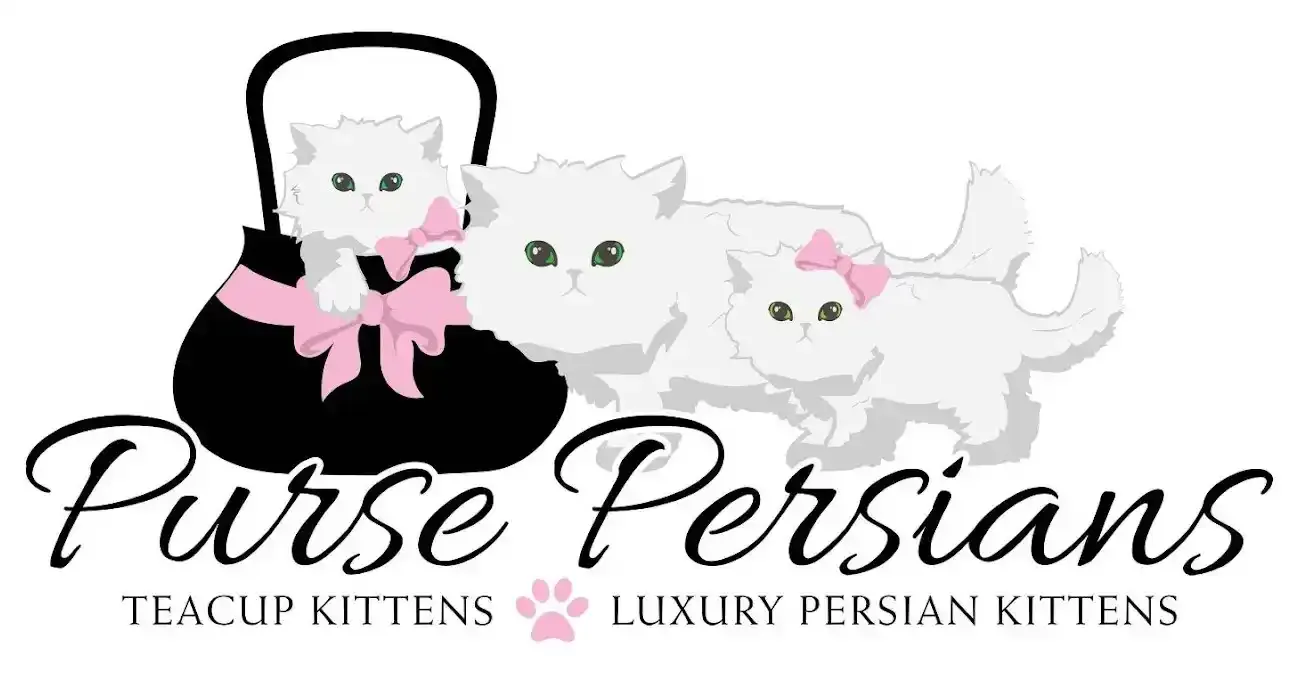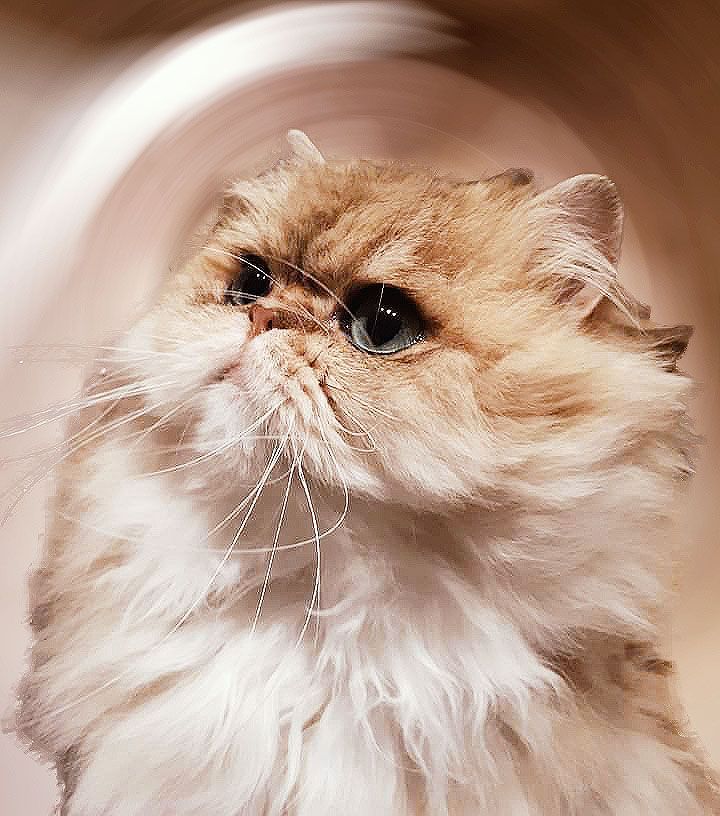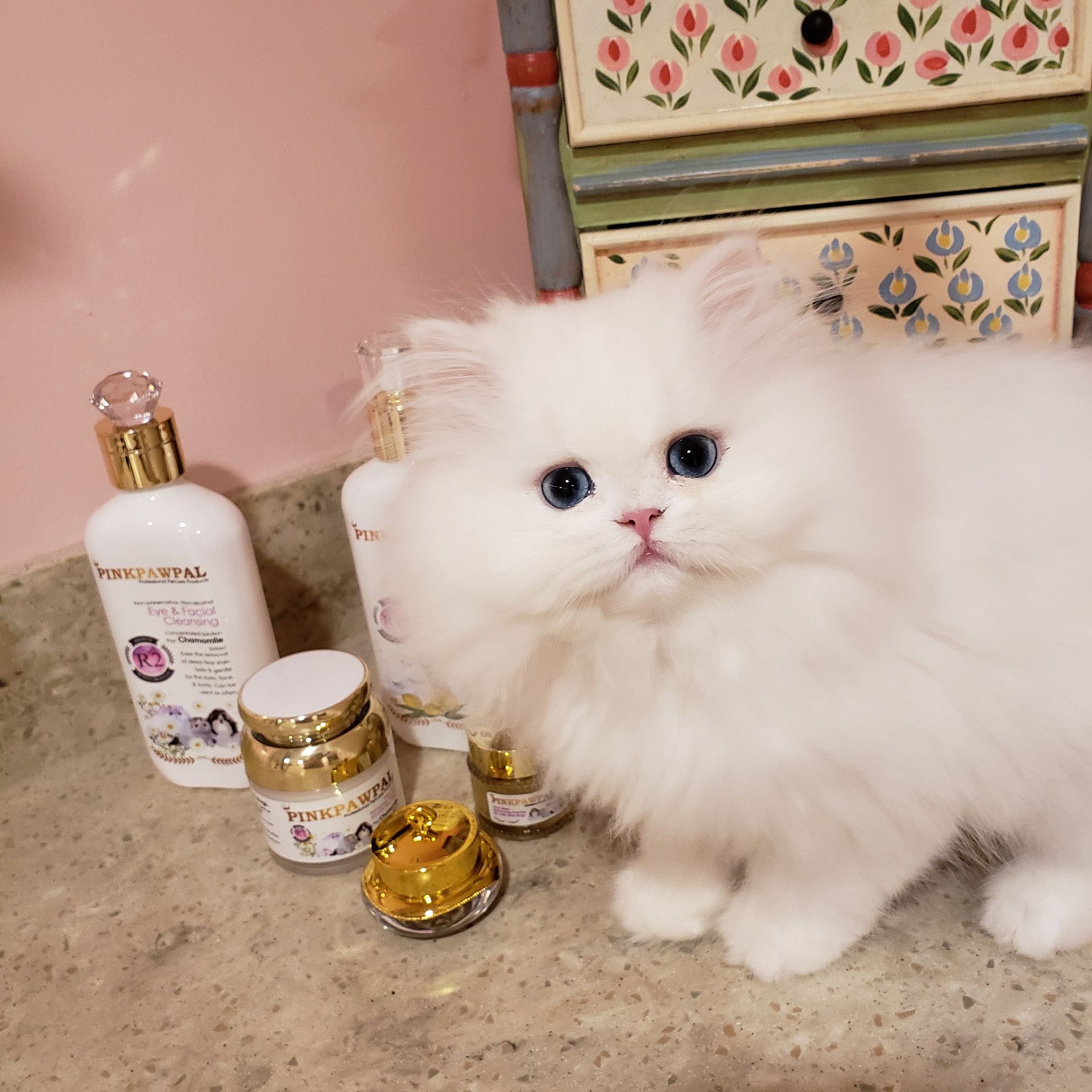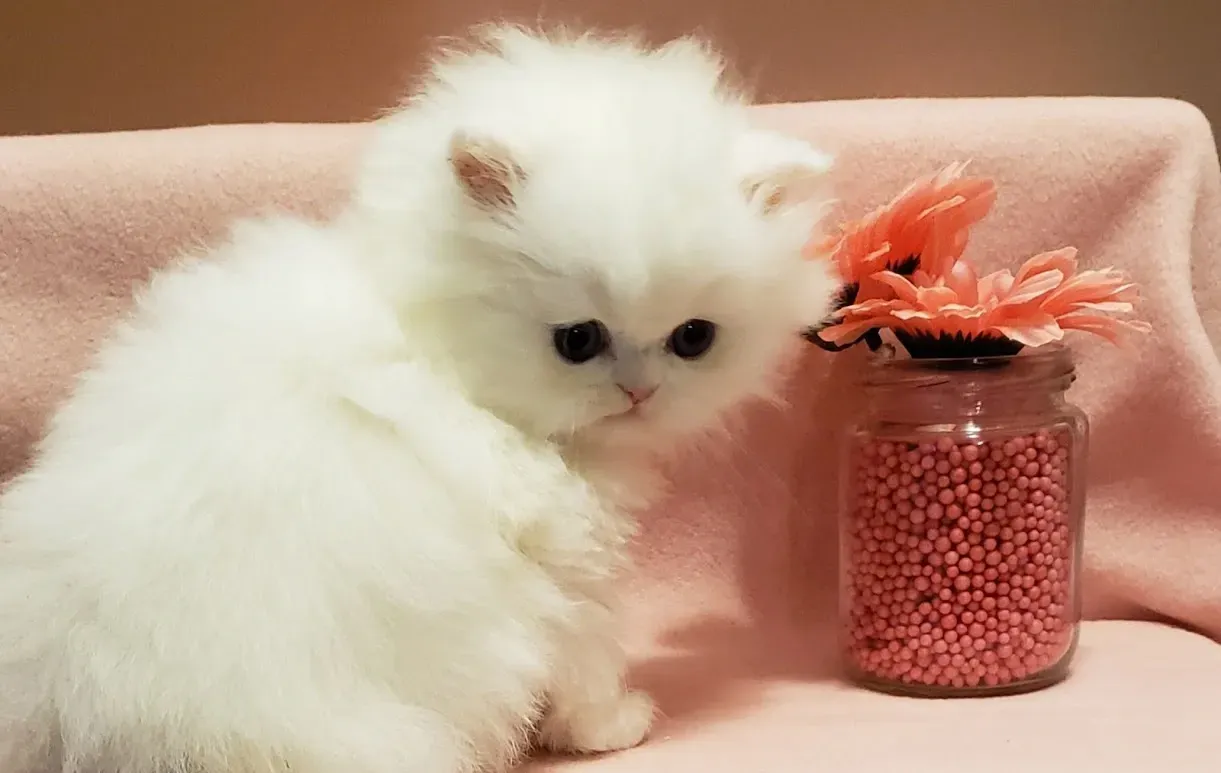About Persian Cats
History of Persian Cats
Persian cats have a long and fascinating history dating back to ancient Persia (modern-day Iran). They were treasured by Persian royalty and nobility for their beauty and affectionate personalities. Persian cats were brought to Europe in the 17th century, where they quickly became popular with cat fanciers. Over time, breeders developed distinct Persian cat types, including the flat-faced Peke-Faced Persian and the doll-faced Traditional Persian. Today, Persian cats remain one of the most beloved cat breeds in the world.
Persian cats have appeared in movies and commercials such as Fancy Feast and Tissue commercials. They are often shown eating and drinking in the most lovely, elegant crystal and china dinnerware sharing their languid, luxurious lifestyle. Persian Cats Have long been A personal choice to define elegance and beauty.
Health of Persian Cats
Keeping your Persian cat healthy requires regular veterinary check-ups and attention to their diet and exercise needs. It's important to schedule regular check-ups with your veterinarian to monitor for any health issues and to provide preventative care, such as vaccinations and parasite control.
Color of Persians cats
Persian cats come in a wide variety of colors and patterns, from solid white or black to multi-colored tabbies and calicos. We specifically focus on colors that we find most appealing and produce the most beautiful eye color.
The colors that we focus on are:
Golden Persians, Silver Chinchilla Persians, Shaded Silver Persians, Blue-Golden Persians, Blue Persians, and White Persians.
Some of the most popular Persian cat colors include:
- White Persians cat: This is the most popular Persian cat color, with a pure white coat and bright blue or green eyes.
- Blue Golden Persian cat: Blue Golden Persian cats have a lovely, coat with shades of the softest blue and golden and striking aquamarine or green eyes.
- Blue Persians cat: Blue Persian cats have a gray-blue coat and can have either aquamarine or green eyes.
- Golden Persians cat: Golden Persian cats can have a rich or gold or softer pale, creamy coat and can have aquamarine or green eyes.
- Silver Persians cat: Silver Persian cats have a shiny, silvery coat and aquamarine or bright green eyes.
Overall, Persian cats are a wonderful addition to any family. They are beautiful, affectionate, and make wonderful companions. If you're interested in adding a Persian cat to your home, please explore our available kittens section or contact us for more information.
Grooming of Persian Cats
Persian cats have long, luxurious coats that require daily grooming to prevent matting and tangling. This includes brushing their fur, trimming their nails, and cleaning their ears and eyes. Regular grooming not only helps to maintain their appearance but also promotes good health by preventing skin irritation and infection. Grooming your Persian cat requires some essential products to keep their coat healthy and shiny.
Diet of Persian Cats
Providing your Persian cat with a healthy, balanced diet is crucial for their overall health and well-being. It's important to choose a high-quality, commercial cat food that is appropriate for their age and activity level. Avoid feeding them human food or treats that are high in fat, salt, or sugar, as this can lead to obesity and other health problems.
Vaccines
Vaccines are an important part of keeping your Persian cat healthy and protected against diseases. Your veterinarian will recommend a vaccine schedule based on your cat's age, lifestyle, and health history. It's important to keep up with your cat's vaccine schedule and to discuss any concerns or questions with your veterinarian.
Spaying and Neutering
Spaying and neutering are important procedures for controlling the cat population and preventing health issues such as certain types of cancer. Additionally, spaying and neutering can help to prevent unwanted behaviors, such as spraying or aggression. It's generally recommended to spay or neuter your Persian cat between 4-6 months of age, but you should discuss the timing and procedure with your veterinarian.




